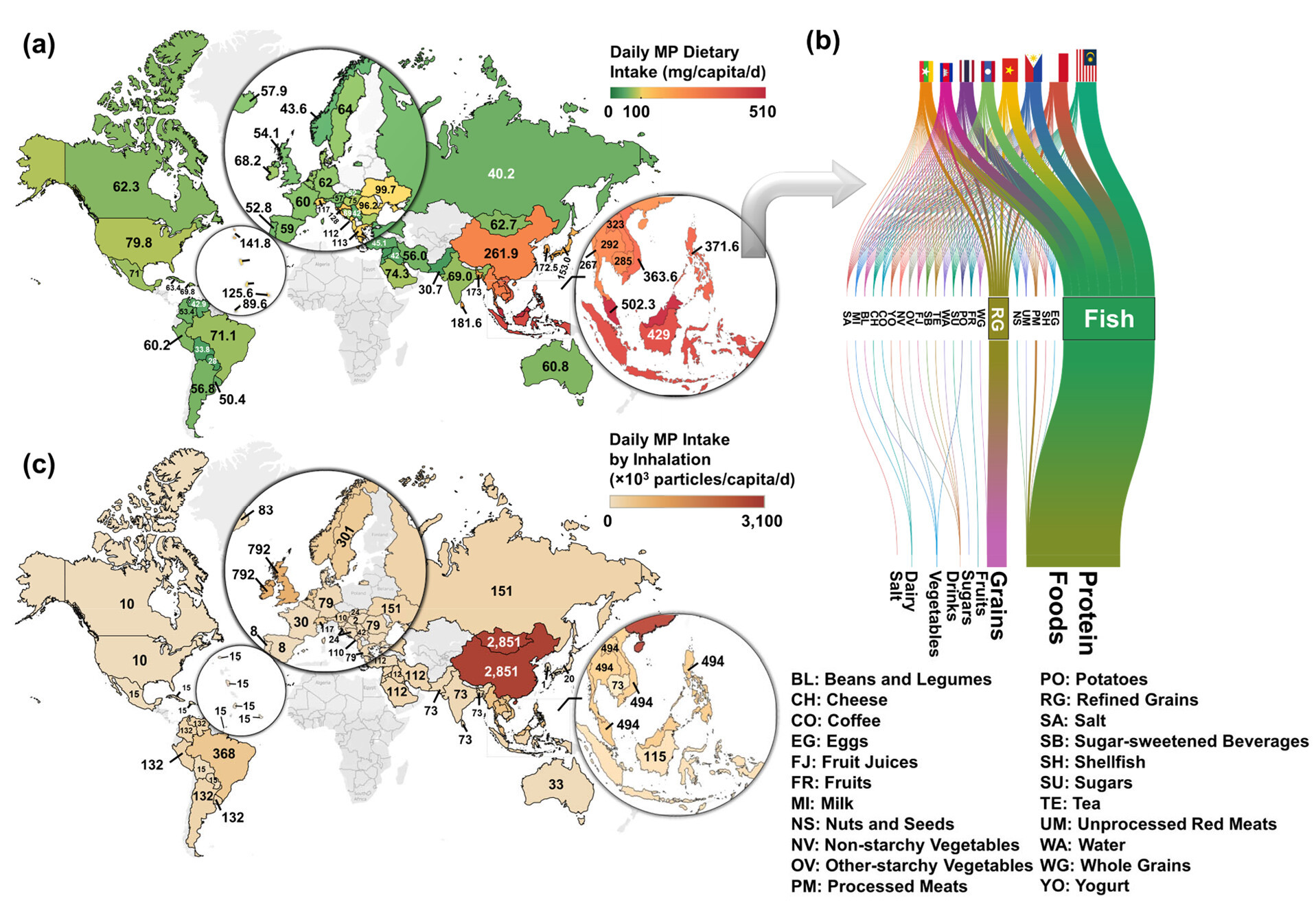We’ve all heard about microplastics being found in rainwater, but it seems they also exist much closer to home: in our diets. A new Cornell University study of 109 countries shows that, as plastic production has increased 240-fold in the past few decades, the amount we consume through food, water, and even air has increased significantly—and is also affected by where you live.
People who live in Asia, Africa, and the Americas are eating and breathing six times more microplastic on average than in 1990. The highest rates of dietary microplastic consumption are in Southeast Asia, where about 70 percent of microplastic comes from seafood.
Topping the list is Indonesia, where an estimated 15 grams (three teaspoons worth) of microplastic is eaten per person every month.
In China and Mongolia, people inhale around 2.8 million airborne particles of microplastic, largely from industrial manufacturing and urban activity, every day.
The study’s authors argue the only way to combat the consumption of microplastics is to eradicate plastic pollution, which is the ambitious goal of a recent global microplastics treaty.
